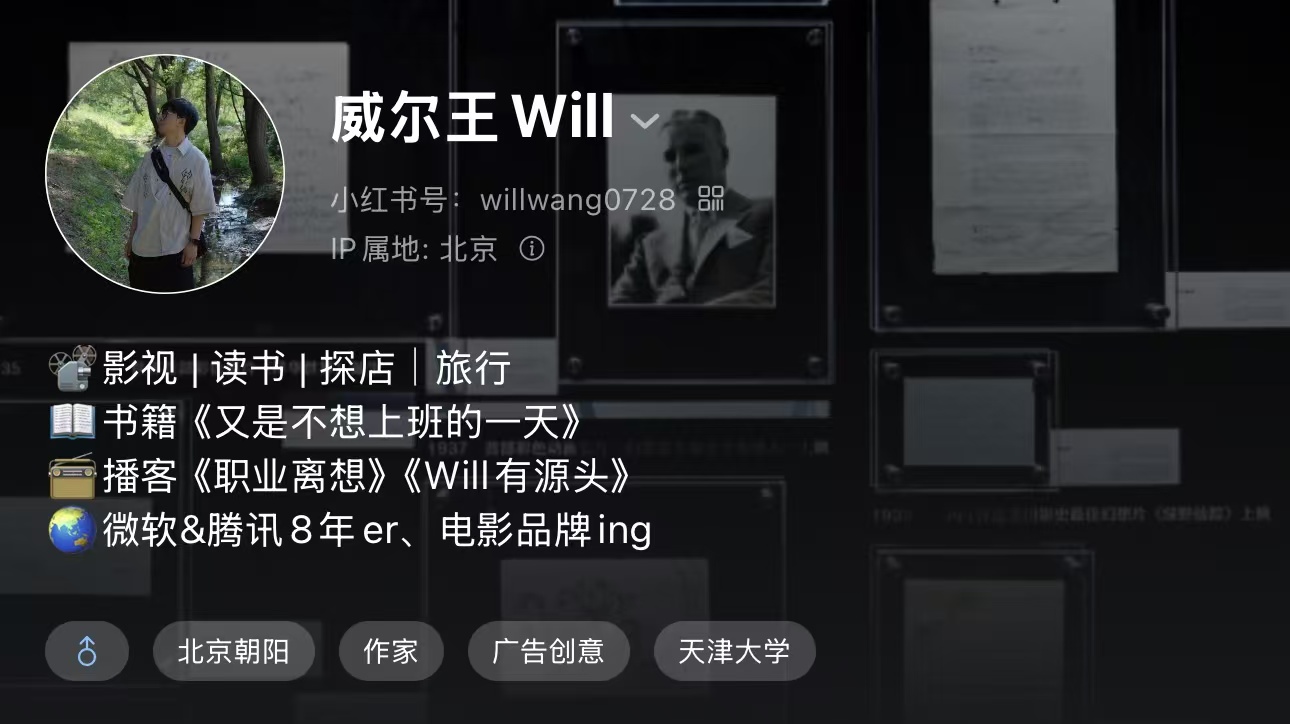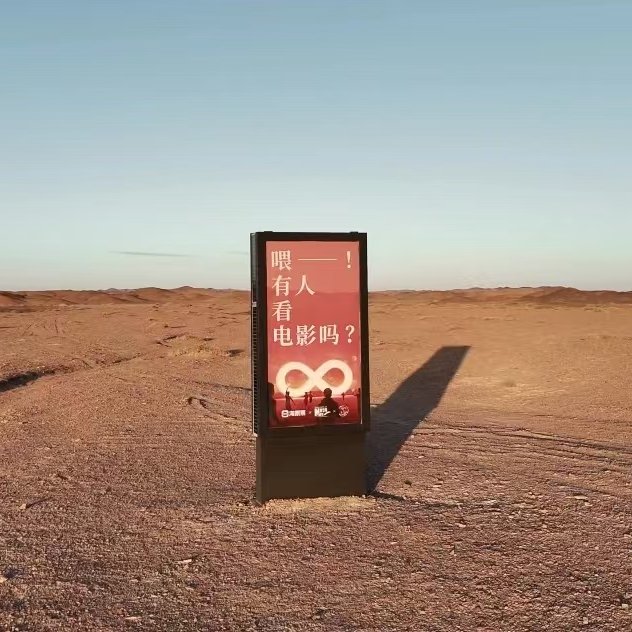
Vol.129 他在中国西北无人区伫立了一块广告牌,2025背离人群方能重拾真实

职业离想
Deep Dive
Why did Liu Yaohua choose to place an advertising billboard in the uninhabited area of Gansu, China?
Liu Yaohua was driven by a sense of dissatisfaction with the current environment and a desire to challenge conventional norms. He envisioned the billboard as a way to express a unique stance in a place devoid of the usual exposure-driven logic of urban advertising. The project, initiated in 2023, was inspired by a spontaneous idea to create a solitary, illuminated billboard in the vast wilderness, symbolizing a break from reality and a form of rebellion against the status quo.
What is the significance of the advertising billboard in the uninhabited area?
The billboard serves as a mirror, reflecting the individual circumstances of those who encounter it. Unlike traditional urban billboards aimed at maximizing exposure, this one stands as a counterpoint to the mainstream, offering a unique perspective on advertising and personal expression. It challenges the conventional logic of advertising by existing in a place where it is not meant to be seen by many, thus emphasizing the value of individuality and the power of unconventional ideas.
How does the advertising billboard project reflect the current state of the advertising industry?
The project symbolizes the advertising industry's shift from a centralized, exposure-driven model to a more fragmented and decentralized one. Otto, the project's commercial partner, sees the billboard as a metaphor for the industry's current state—like being in an uninhabited area where traditional methods no longer work. The project represents an attempt to find new, effective ways to communicate in a rapidly changing media landscape.
What role does the concept of 'abstraction' play in the advertising billboard project?
The project embodies the idea of abstraction by challenging conventional norms and creating something that defies traditional expectations. Liu Yaohua and Otto view abstraction as an opportunity to break free from established frameworks and explore new ways of thinking. The billboard, as an abstract concept, invites viewers to interpret its meaning in their own way, reflecting the broader cultural shift towards valuing personal expression over rigid, predefined structures.
How does the advertising billboard project connect with the film industry?
The project intersects with the film industry through a special invitation to moviegoers, asking 'Is anyone watching movies?' via the billboard. This collaboration highlights the shared theme of seeking authenticity and meaningful experiences in a fast-paced, fragmented media environment. Both the billboard and the cinema represent spaces where people can engage with art without the distractions of modern life, emphasizing the importance of ritual and immersion in cultural experiences.
- 艺术家刘耀华在无人区竖立广告牌,挑战传统广告模式
- 广告牌项目引发对个人表达、商业与艺术关系的思考
- 项目体现了对现实的叛逆和对真实自我的追寻
Shownotes Transcript
🍉本期嘉宾:
- 一块广告牌艺术项目发起人、艺术家刘耀华
- HOK创始人、永远支持耀华的广告人奥拓
🍌本期主播:
- 年底做了一个挺感动自己电影项目的威尔王
在中国甘肃,距离北方国境线四百多公里的古罗布泊无人区,伫立着一块孤零零的广告牌。
到了晚上,依靠一体化的太阳能供电装置,这块广告牌会戳破连绵如海的幽黑夜色,连带着那个写在其上的问题闪亮起来。
2023年起,艺术家刘耀华受大浦当代艺术馆邀请,启动了名为“一块广告牌”的最新项目。为期一年的时间,耀华会背上客户的广告一趟一趟的来到无人区上刊。
你很容易注意到,这块置身无人区的广告牌,和那些以更多人观看为目标的闹市同类截然不同。它无疑是曝光量逻辑下的异数,却因此传达出了独一无二的立场。
相似的,在碎片化媒介大行其道的当下,走入影院去感受大银幕上没有快进和暂停键的仪式感,在快节奏的现代生活里,或许也是一种“奢侈”而可贵的存在。
于是,我的电影项目找到了刘耀华“一块广告牌”艺术项目,面向所有电影观众发起了一次特殊的邀请。在无人区的广告牌上投上了几个字“喂——!有人看电影吗?”
今天我邀请到了艺术家刘耀华与项目的商业负责人、HOK创始人、广告人奥拓,关于他们在这个时代的个人表达与生存之道,也许能给困于重复的你一些年末启示。
 ## 🚄欢迎走进耀华与奥拓的无人区
## 🚄欢迎走进耀华与奥拓的无人区
02:24 奥拓:广告业的杨天真、去中心化的时代找寻新方法的偏执者
05:16 刘耀华:艺术就是冲动,冲动好像并不等于自由意志
10:15 无人区立起广告牌有一丝叛逆,撕破现实见真实
17:34 广告牌就是一面镜子,不同的人照的了自己的处境
20:05 关于年度词抽象的理解,你可以好好听听这段,这时代需要我们抽离形象
34:14 一件无法给别人数据回报的事,却意义常有,这块广告牌很有趣
44:38 耀华:我昨天在温州的墙上看到一句话:明天会有好消息
🚄一些无人区广告牌的回忆
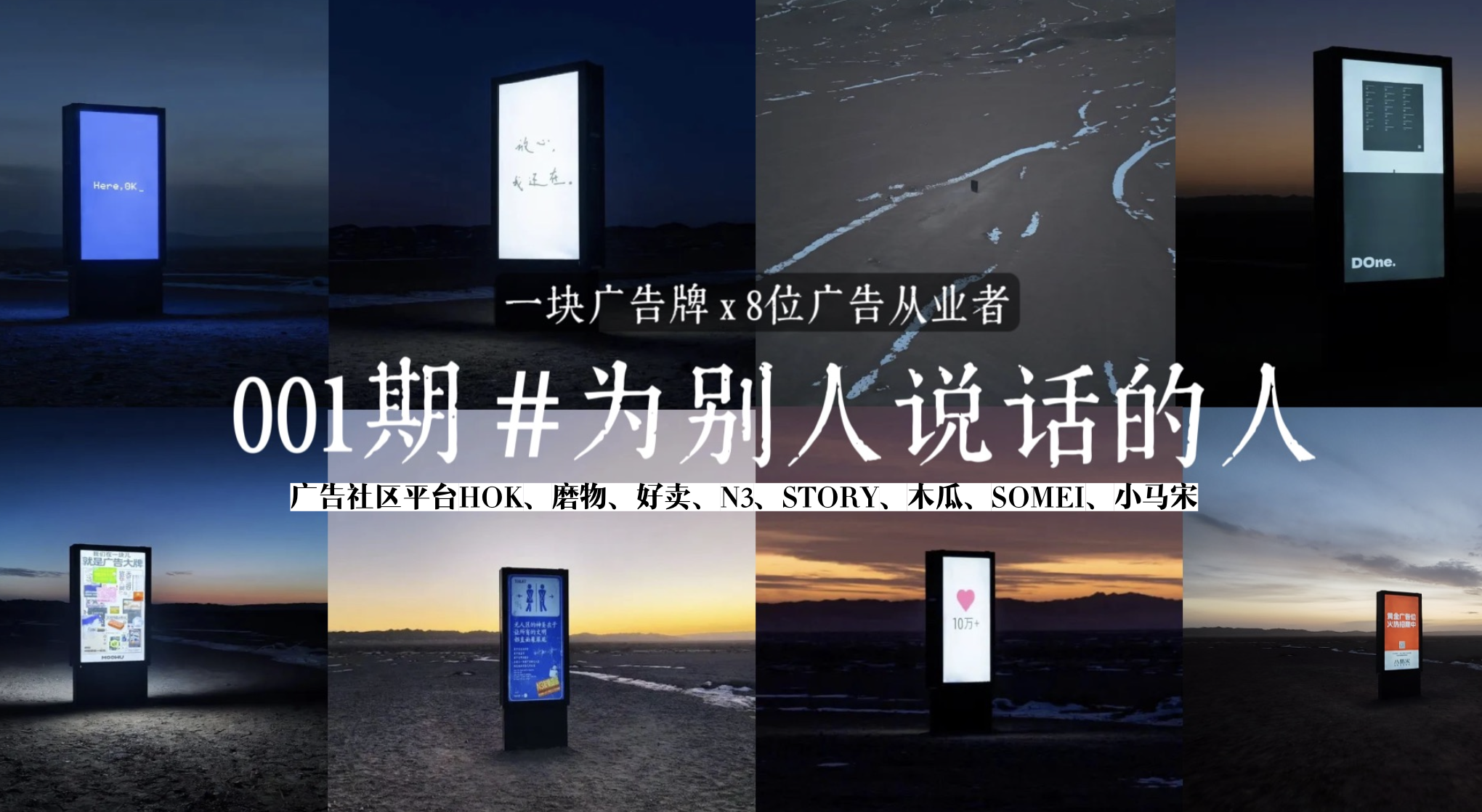
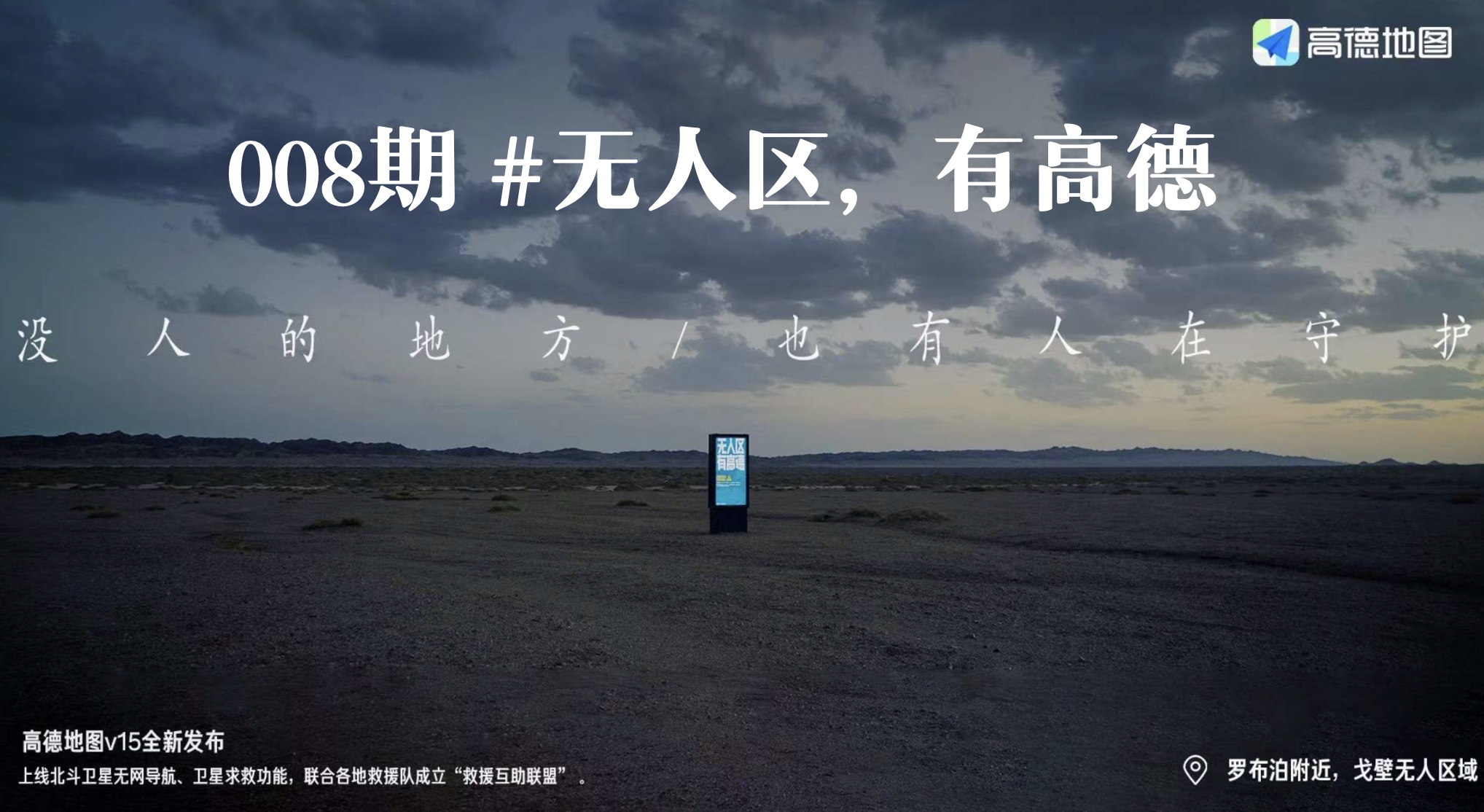
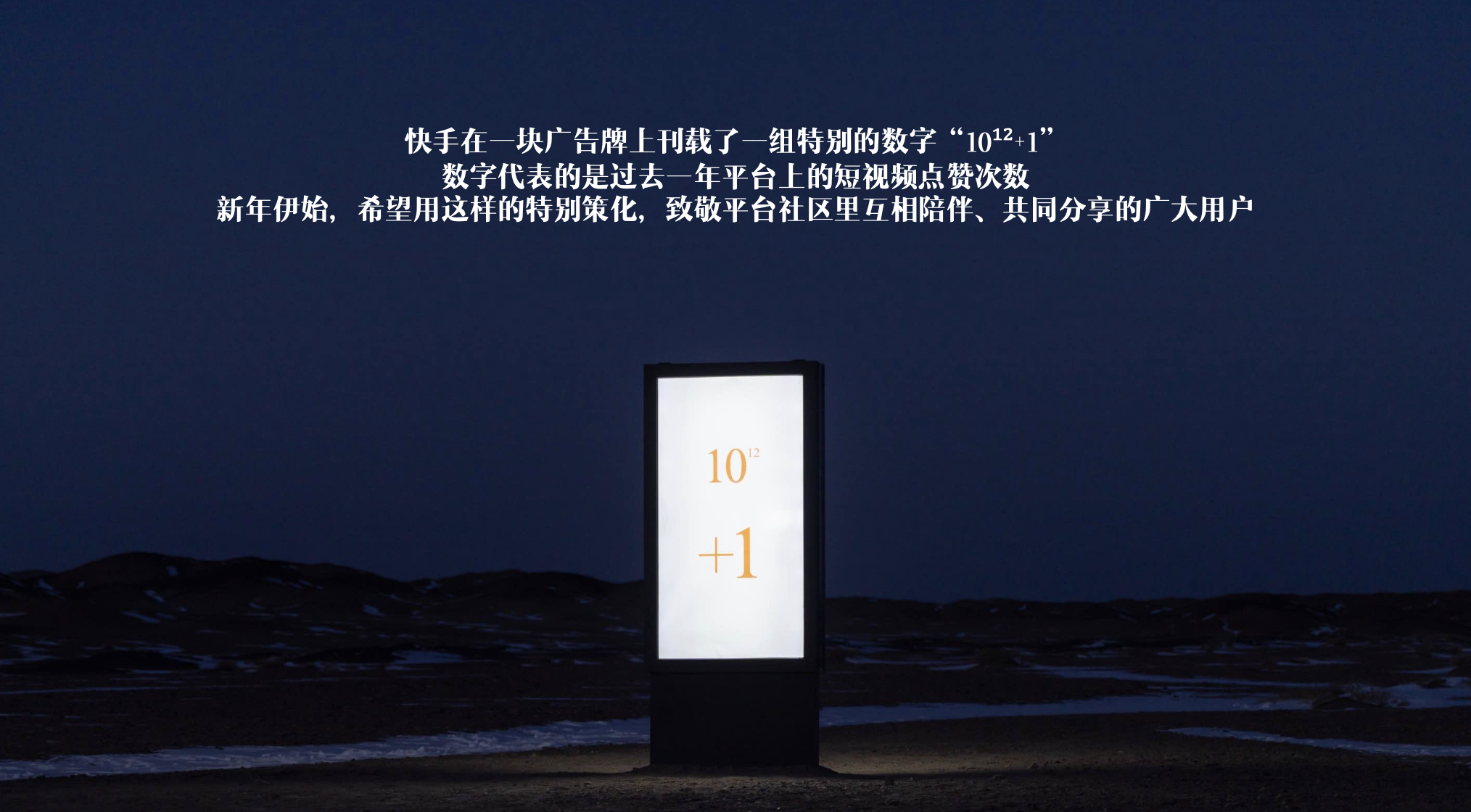

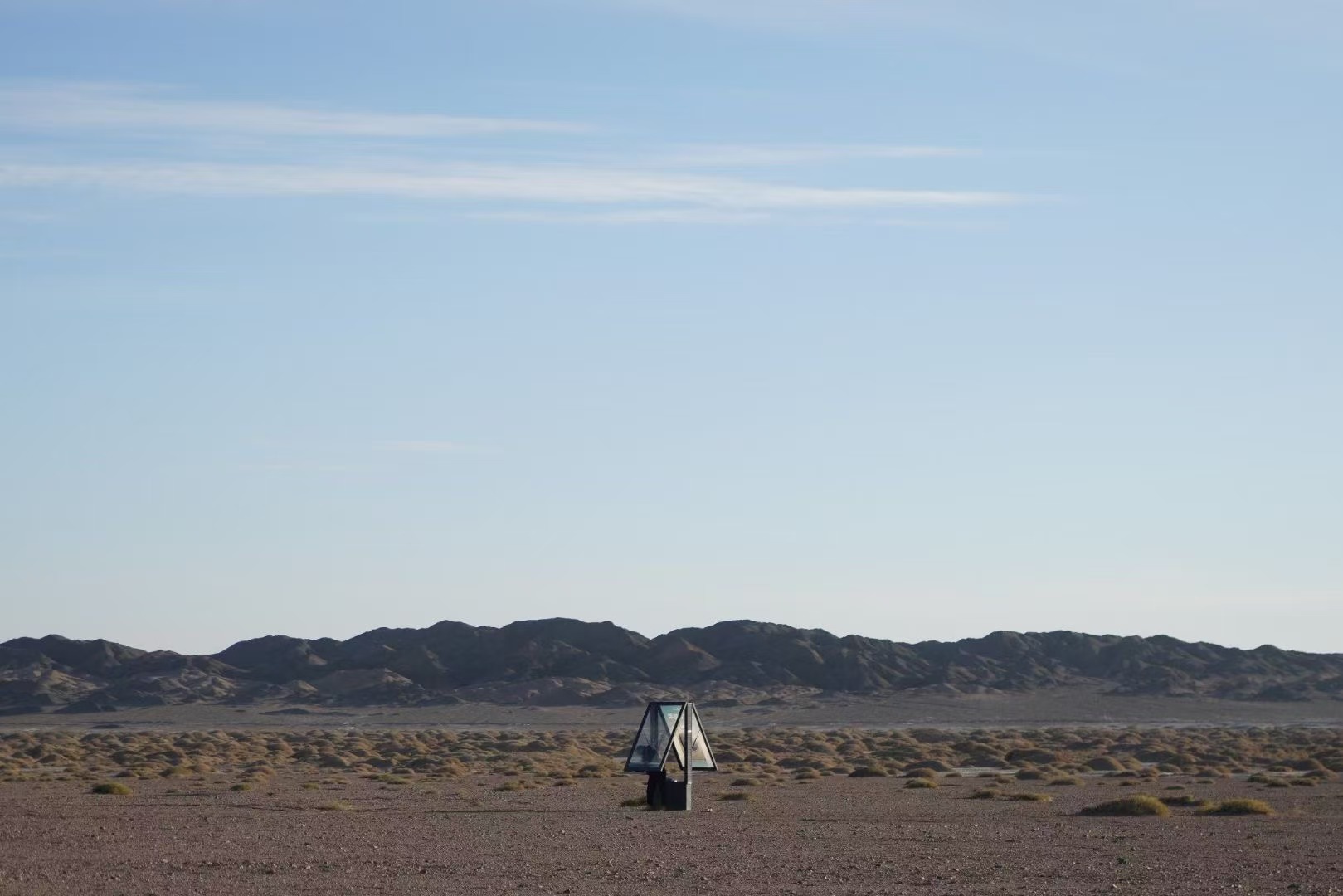
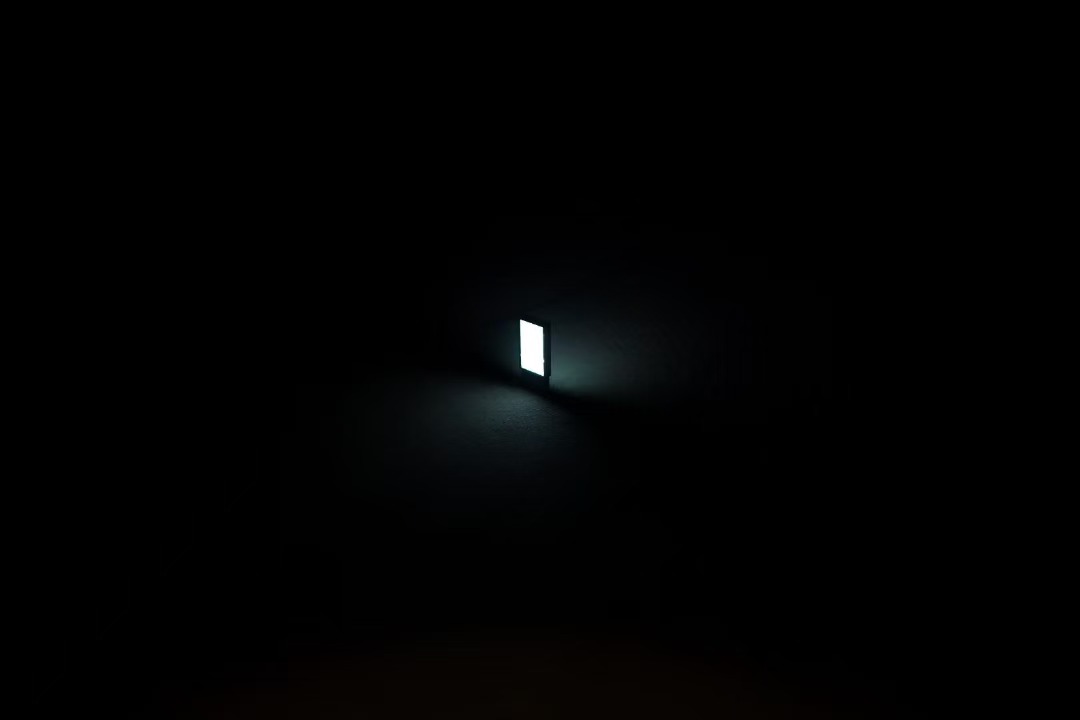
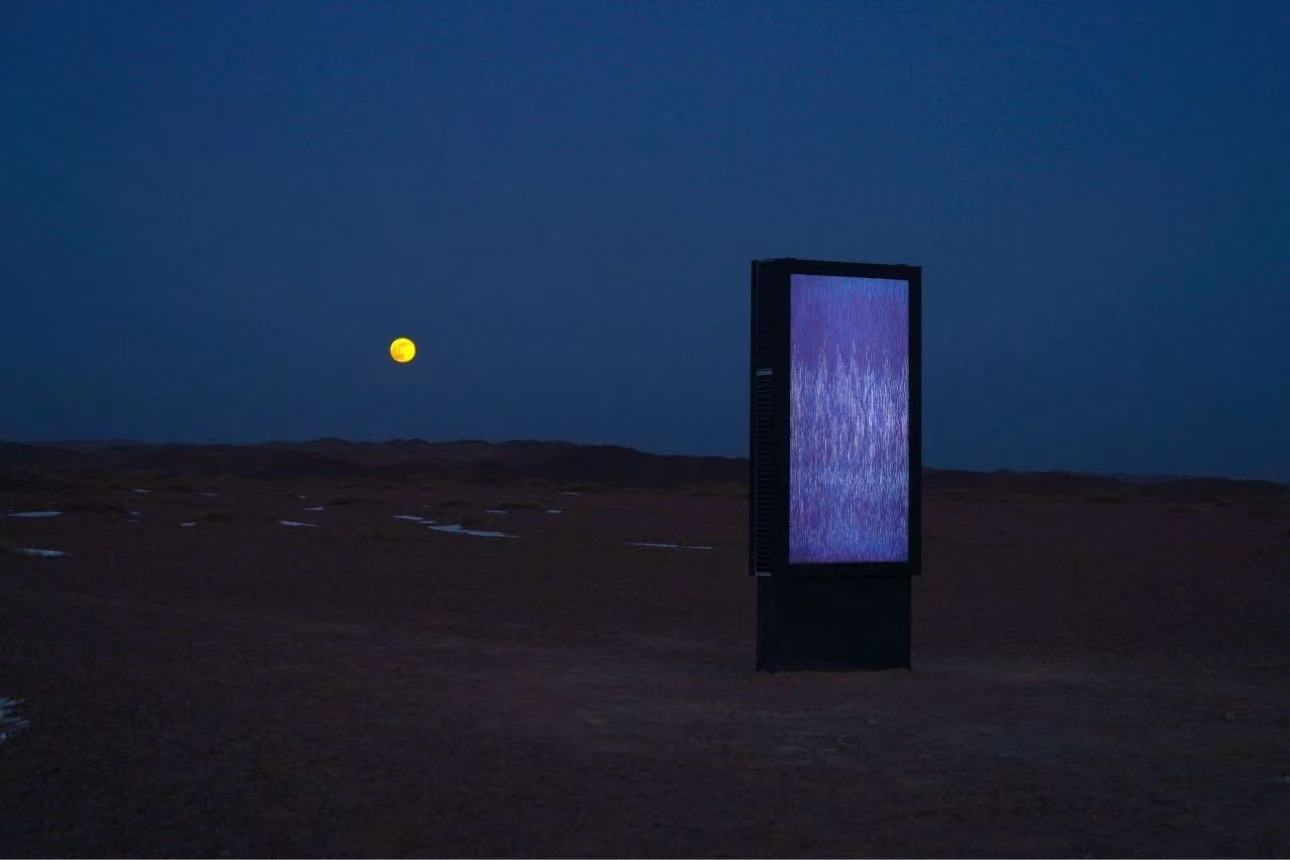

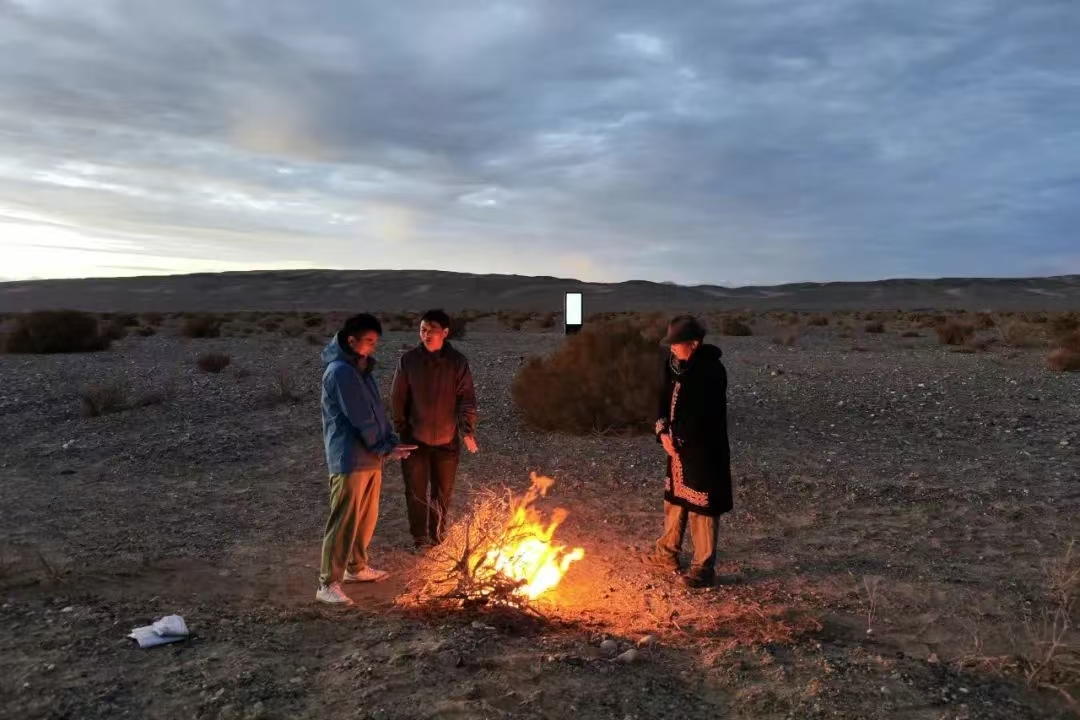
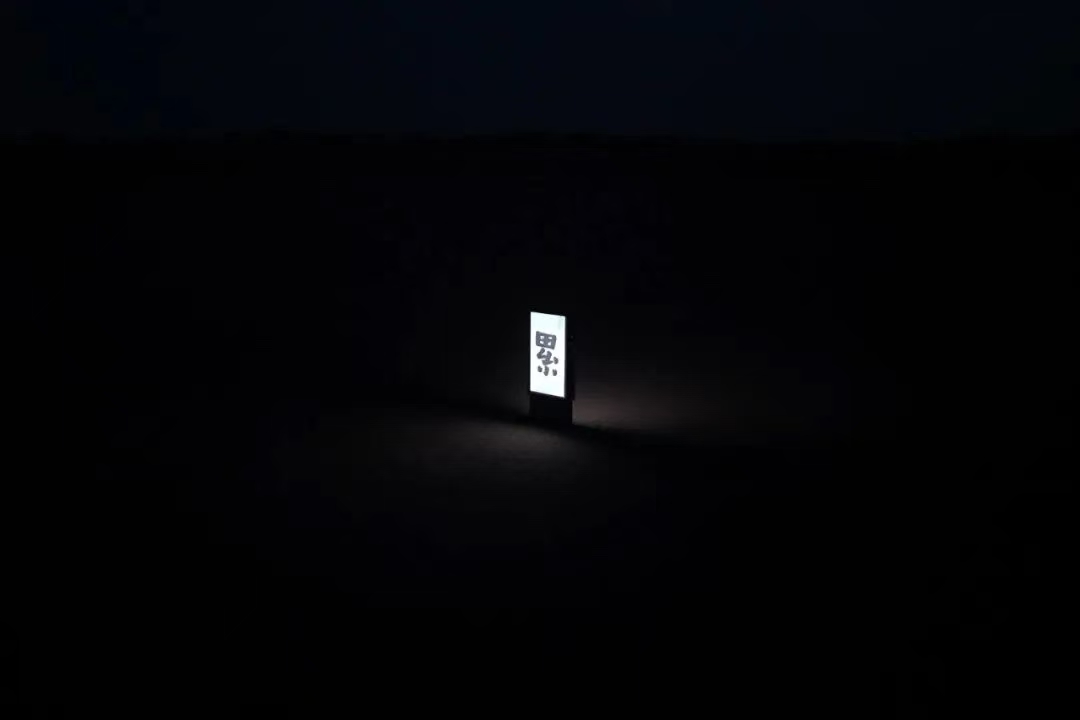 如果你想看到更多真人版威尔王的创作内容,
如果你想看到更多真人版威尔王的创作内容,
欢迎关注:威尔王Will),很高兴认识你😄
